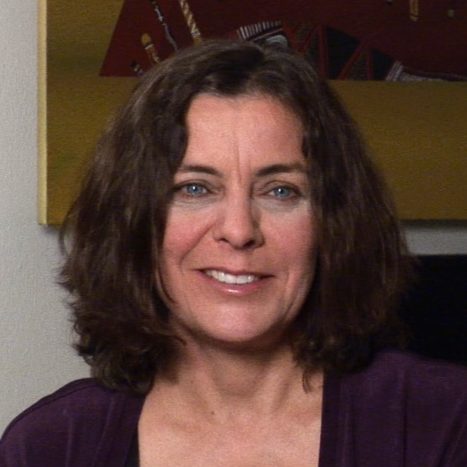Project 6: Microbial Communities That Bioremediate Chemical Mixtures
Summary
The inorganic metalloid arsenic, organic chlorinated solvents (e. g. trichloroethene (TCE)) and aromatic hydrocarbons (e. g. benzene, toluene, ethylbenzene and xylenes (BTEX)) are frequently detected as a mixture of contaminants in groundwater aquifers. Their presence in drinking water supplies represents a hazard to public health and the environment. Currently, arsenic ranks No.1 on the ATSDR Priority List of Hazardous Substances and has been reported as a problem at 917 Superfund National Priorities List sites. Due to its common co-occurrence with TCE and BTEX at these sites, it is important to understand the effects of potential remediation strategies that target only one contaminant class on the fate and transport of the other contaminants. The objective of this project is to apply systems biology approaches to study interactions within microbial communities involved in the bioremediation of groundwater mixtures containing arsenic species in combination with TCE and BTEX. We aim to enrich and study microbial communities that can concurrently reduce the bioavailability of arsenic and degrade the co-contaminants and specifically address complex problems arising from the presence of chemical mixtures at hazardous waste sites. Bioremediation processes that biostimulate fermenting microorganisms by injection of organics into groundwater aquifers to promote the dechlorination of TCE are likely to generate soluble arsenic species, leading to the production of new and more significant groundwater (GW) contaminants. Similarly, BTEX releases into aquifers result in the rapid depletion of oxygen and other electron acceptors, leading to arsenic mobilization. A key challenge in achieving effective bioremediation without mobilizing arsenic is understanding the multi-scale complexity of subsurface microbial communities that could facilitate useful transformations of arsenic, while also targeting the degradation of organic co-contaminants. We hypothesize that understanding the structure, function and syntrophic interactions of microbial communities involved in arsenic transformations can lead to optimized simultaneous bioremediation of the metalloid arsenic as well as chlorinated solvents and aromatic hydrocarbons. To test this hypothesis, we will enrich and construct cultures from contaminated GW and sediments that are capable of arsenic cycling as well as co-contaminant transformations and apply meta-omics based approaches to characterize interactions within these communities. We will then evaluate the responses of these enrichments and consortia to perturbations and various co-contaminant exposures (aims 1-3). We will subsequently develop models to provide predictive input to new designs for effective bioremediation of these mixtures (aim 4). The knowledge and models developed from this research will be valuable to provide guidance to practitioners of bioremediation to improve operation and practice in the common occurrence of co-located mixtures of arsenic, solvents and aromatics.
Project Leadership

Lisa Alvarez-Cohen, Ph.D.
Co-Leader
Fred and Claire Sauer Professor of Environmental Engineering, Department of Civil and Environmental Engineering, College of Engineering

Jill Banfield, Ph.D.
Co-Leader
Professor of Earth and Planetary Science and Environmental Science, Policy, Management
Professor of Materials Science and Engineering, University of California Berkeley
Senior Faculty Scientist, Lawrence Berkeley National Laboratory